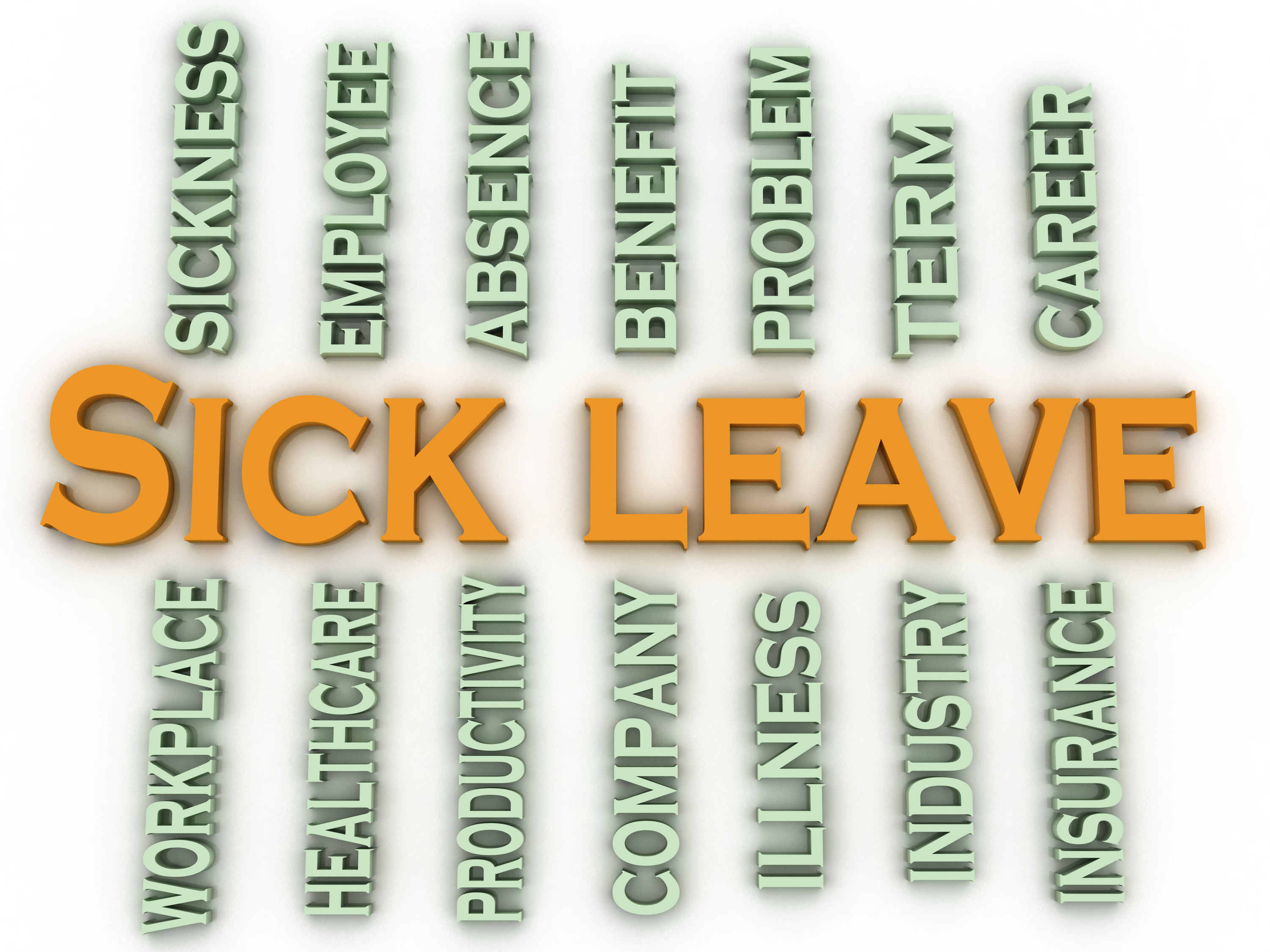
By Samuel V. King, Vice President, Fraud Investigations, EMPLOYERS
According to the U.S. Bureau of Labor Statistics, on average, more than 2,000 workers in the personal and laundry services industry get injured or sick on the job each year.(1) With regular exposure to chemicals and the risk of muscle strain from moving bulks of laundry, workers in these facilities are susceptible to injuries that can result in time away from work. It is important – and typically required – for laundries to protect their business and employees with workers’ compensation insurance.(2)
Workers’ compensation insurance is the safety net that protects business owners and their employees in case of a workplace injury or illness. It provides injured employees with medical and wage replacement benefits. While this type of insurance is designed to protect injured workers, unfortunately, sometimes dishonest workers may attempt to take advantage of it by filing fraudulent claims.
Workers’ compensation insurance fraud is a criminal offense that costs insurers and employers $6 billion a year, according to the Coalition Against Insurance Fraud.(3) It also can negatively impact businesses by leading to higher insurance costs and can undermine the perceived validity of all claims. At laundry operations, this can ultimately hurt workers who are legitimately injured on the job.
Two types of workers’ compensation fraud directly impact businesses: claim-related fraud and policy-related fraud. Policy-related fraud is when the policyholder (or business) misrepresents their business to reduce their premium. Claim-related fraud is committed by an employee, a medical provider or vendor, or the policyholder when they misrepresent a claim. One common case of claim-related fraud is when an employee falsely claims or grossly exaggerates a work-related injury or illness to obtain workers’ compensation benefits.
According to a survey from EMPLOYERS®, more than one in 10 small business owners are concerned that their employees would commit workers’ compensation fraud by faking an injury or illness to collect benefits.(4)
Laundry owners and managers can identify potential claim-related fraud attempts and protect themselves by knowing and monitoring for “red flags.” The presence of two or more of the items listed below indicate a cause for concern and may warrant a discussion with your workers’ compensation insurance carrier.
Here are 10 potential indicators of fraud:
* Monday morning reports. The alleged injury occurs first thing on a Monday morning, or late on Friday afternoon, without report until Monday.
* Suspicious providers. An employee’s medical provider or legal consultant has a history of handling suspicious claims, or the same doctors and lawyers are used by groups of claimants.
* Conflicting descriptions. The employee’s description of the accident conflicts with the medical history, the first report of injury, or witness statements.
* Treatment is refused. The claimant refuses a diagnostic procedure to confirm the nature or extent of an injury.
* Claimant is hard to reach. The allegedly disabled claimant is hard to reach at home.
* Employment change. The reported accident occurs immediately before or after a strike, job termination, layoff at the end of a big project, or at the conclusion of seasonal work.
* No witnesses. There are no witnesses to the accident and the employee’s own description does not logically support the cause of injury.
* History of claims. The claimant has a history of suspicious or litigated claims.
* Late reporting. The employee delays reporting the claim without a reasonable explanation.
* Changes. The claimant has a history of frequently changing physicians, addresses or employment.
Suspicious claims should be reported immediately to the workers’ compensation insurance carrier’s claims department or local authorities. Workers’ compensation claim-related fraud can be a costly crime, but by monitoring for these warning signs and flagging any concerns its impact can be mitigated.
Photo Credit: © Can Stock Photo / dacasdo
Footnotes:
1 Bureau of Labor Statistics, Personal and Laundry Services: NAICS 812, https://www.bls.gov/iag/tgs/iag812.htm#fatalities_injuries_and_illnesses
2 Workers’ Compensation Law – State by State Comparison, National Federation of Independent Business, http://www.nfib.com/content/legal-compliance/legal/workers-compensation-laws-state-by-state-comparison-57181/
3 Workers’ Compensation Claim Fraud, EMPLOYERS, http://www.nfib.com/Portals/0/PDF/AllUsers/benefits/webinars/WCFraud_WhitePaper.pdf
4 More Than 1 in 10 Small Businesses are Concerned Their Employees Would Commit Workers’ Compensation Insurance Fraud, Study Finds, https://blog.employers.com/EMPLOYERSBLOG/tabid/165/ArticleID/219/Default.aspx
Samuel V. King is Vice President, Fraud Investigations, for EMPLOYERS, America’s small business insurance specialist, which offers workers’ compensation insurance and services through Employers Insurance Company of Nevada, Employers Compensation Insurance Company, Employers Preferred Insurance Company, and Employers Assurance Company. Not all insurers do business in all jurisdictions. EMPLOYERS and America’s small business insurance specialist are registered trademarks of Employers Insurance Company of Nevada.













